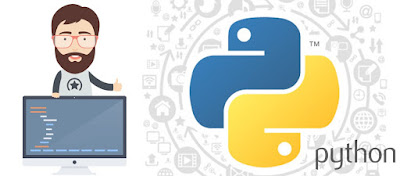The Move towards a Cashless Economy
With the historic announcement on the 8th of
November, in India by the honorable Prime Minister Mr. Narendra Modi, a new era
was ushered n to the Indian Economy. With the nullifying of the currency of
highest denominations, the PM did away with about 86% of currency which so far
had been in circulation. While the first few months, since the demonetization news broke out, were of extreme difficulty and unease. This was the case until
the government came up with a new and innovative solution to end, almost all of
the problems of monetary nature. The prime minister urged us all to go digital,
by taking to various applications and electronic wallets, thus paving way for a
more digitized, cashless economy. While the move towards a more efficient,
hassle free economy was encouraged, at the same time the government began
offering various attractive incentives, for one and all in the lieu of setting
up a proper foundation for a cashless economy.
With the announcement of two schemes, which would reward all
of those who paid online, regardless of them belonging to the rural or urban
areas, it worked as a much needed push, towards the development of our nation.
These two schemes were namely, Lucky Grahak Yojana and Digi-Dhan Vyapar Yojana,
both of which were brought into effect in order to give cash rewards, to all
those consumers and merchants, who took to using digital payment methods,
including other related instruments, as the means for their own personal
expenditure. The prices for both these schemes range from INR1000 to INR 1
crore, while the transactions that are permitted here are from INR50 to INR
3000 in order for the common man to participate as well. These schemes are
believed to not only give a boost to cashless transactions, but will also prove
instrumental in bringing those people, who belong predominantly to the poor
sections of the society in to the digital fold.
There have been many innovative ways in which, the rural
areas have been encouraged to participate in these schemes. This is made
possible through the Aadhar Enabled System. Both of theses schemes will be in
operation from the month of December till the month of April, when the last
Mega draw will take place, on occasion of Ambedkar Jayanti on 14th
of April 2017. While on the other hand, the Lucky Grahak Yojana, which targets
the Consumers in specific, with daily rewards of INR 1000, which will be
awarded to about 15,000 lucky winners, for about a hundred days.
There will
also be weekly prices of INR 1 lakh, INR 10,000 and INR 5000 for all those
consumers, who make use of alternate methods of digital transactions. With
these rewarding schemes in places, not only the government, but also the people
are of a firm belief that India would rapidly be converted into a cashless
economy. The National Payment Corporation of India, which is a non-profit
company, has been given the mandate to guide the country, towards a more
cashless economy.





Comments
Post a Comment